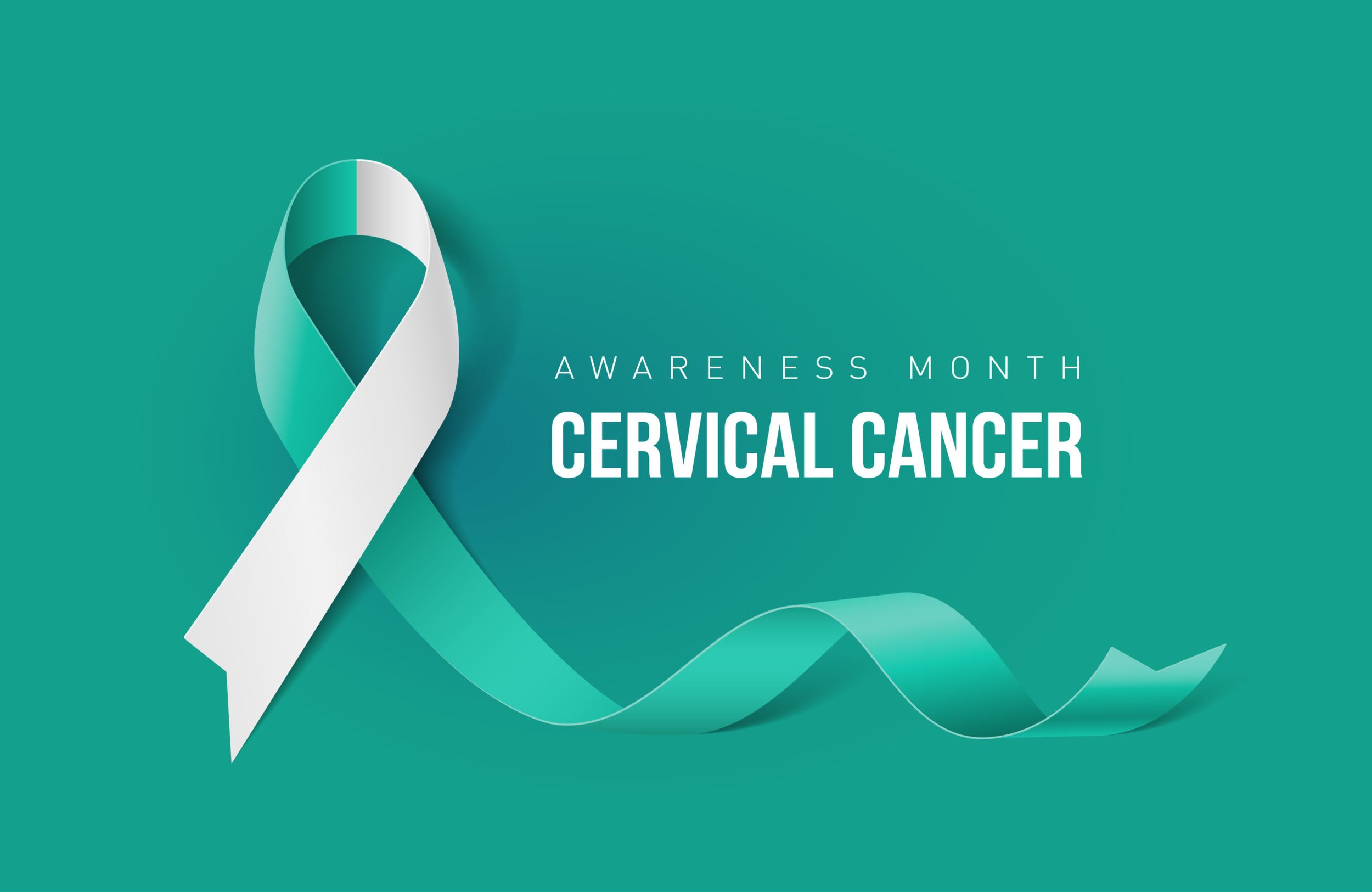Cervical Cancer Awareness
What is Cervical Cancer?
Cervical cancer is cancer that starts in the cells of the cervix. First, abnormal cells appear in the cervix and go through a process called dysplasia. If left untreated, the cells develop over time and become cancerous, potentially infecting the surrounding area.
What does screening look like?
Depending on the age group, screening is highly encouraged for people with a cervix every 3-5 years. During screening, a pap test is used to collect cells from the cervix which are then examined to determine if the cells are cancerous. Since anxiety is common with these types of exams, options such as being put under or a self pap may be offered.
Concerns about the LGBTQ+ community relating to care
There are many concerns regarding healthcare experiences within the LGBTQ+ community. Suzanne West, an OBGYN, is an affirming provider in the Grand Rapids area who voiced her concern. Her primary concern is that the community is at greater risk for cervical cancer due to the avoidance of care. When screening for cervical cancer becomes a regular routine, cervical cancer is 100% preventable. In fact, cervical cancer screening decreases death by 50%. If the avoidance of care remains unaddressed, the LGBTQ+ community will continue to be at an increased risk. This will have to be a community effort to better educate and equip our healthcare professionals in their understanding of LGBTQ+ Identities.
Why do LGBTQ+ community members tend to avoid care?
According to one study, 1 in 6 LGBTQ+ individuals reported avoidance of healthcare due to anticipated discrimination. To gain insight as to why this is, Suzanne West was asked this question. When asked this question, she stated a couple of reasons for the tendency to avoid care:
Negative experiences or poor treatment from healthcare workers
LGBQ: 6% of health care providers refused to see them due to sexual orientation
Transgender: 29% of health care providers refused to see them due to gender identity
2. Lack of financial support
44% of LGBTQ+ people ages 18-64 were earning less than $13,590 (per individual) per year in 2022. That’s 200% of the federal poverty level
How can healthcare providers adapt to the language for them to feel comfortable?
Healthcare providers can decrease negative experiences with healthcare by adapting the language that is used with patients. For people who have a different gender identity, using less gendered terms may reduce fear. Below are some tips on how language can be addressed:
Use less gendered terms
Example: “Exam” rather than “Vaginal Exam”
Ask: What language would you like me to use to describe your results?
2. Remove fear of the exam
Show equipment used
Communicate simple explanations
3. Use proper names and pronouns
Double-check forms to ensure accuracy
4. Educate yourself about LGBTQ+ language

